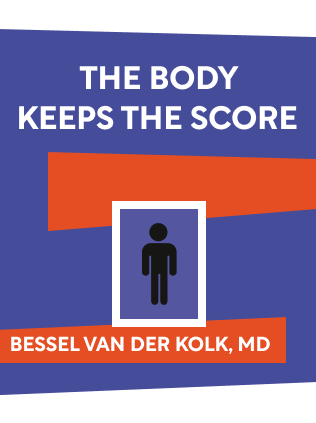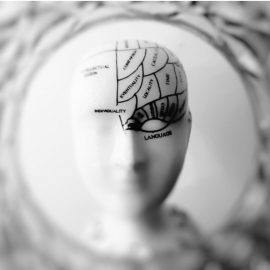

This article is an excerpt from the Shortform book guide to "The Body Keeps The Score" by Bessel van der Kolk. Shortform has the world's best summaries and analyses of books you should be reading.
Like this article? Sign up for a free trial here .
What are the three levels of safety? What can they tell us about trauma and how people handle PTSD?
The three levels of safety help explain how people react to a threat. People are programmed to have many responses based on different situations.
Read more about the three levels of safety and how they work.
Three Levels of Safety
There are three levels of safety that determine how you react to a threat. Each level is associated with a different part of the nervous system.
Level 1: Social Engagement
Social engagement is first on the list of levels of safety. The first level is social engagement, meaning that you call to others for help and comfort. At this level, the ventral vagal complex (VVC) is at work, coordinating your facial muscles to communicate your distress to others through facial and verbal expressions.
The VVC develops during infancy, as parents smile and talk to their babies, and is essential for social relationships because it operates your nonverbal communication. The better your VVC works — helping others intuitively understand your state of mind — and the better you can read others’ nonverbal cues, the better a community as a whole will function.
Level 2: Fight or Flight
If no one responds or there’s no time to call for help, you reach the second level, fight or flight. In this state, your social-engagement system is shut off, making you less responsive to human voice and more responsive to threatening sounds.
This response activates your mammalian brain, and specifically the sympathetic nervous system (SNS) kicks in. The SNS manages arousal by triggering adrenaline to increase heart rate and blood pressure to prepare your body for swift action. This is another one of the levels of safety.
Level 3: Collapse
If you’re unable to fight or escape — suffering from immobilization, as we discussed in an earlier section — then your brain and body do the only thing they can to survive and reaches the third level, freeze or collapse. Collapse is a function of your reptilian brain and causes you to shut down– the most basic form of survival in the face of inescapable circumstances.
The parasympathetic nervous system (PNS) kicks in, which is responsible for slowing down bodily functions in the interest of self-preservation; the PNS slows your heart rate and manages functions like digesting food and healing wounds. In times of collapse, a part of the PNS called the dorsal vagal complex (DVC) slows metabolism, makes your breathing shallow, and even empties your bowels. In this state, you dissociate from yourself and may not even be aware of pain.
Depersonalization is a form of dissociation. Many trauma survivors’ reactions may initially be explosive — a result of level 2 — and later evolve to become more numb and depersonalized.
Treating Level 2 and Level 3 in the Levels of Safety
In order to re-engage in social relationships and community, trauma survivors who have had level 2 and 3 reactions need help rewiring their brain’s and body’s responses from the hypervigilance or collapse that helped them survive their traumatic events.
Talk therapy is ineffective for people who have engaged in depersonalization, because they have disconnected so thoroughly from the event. Treatment strategies include bottom-up approach — to incorporate physical sensations — tend to be most effective for both level 2 and level 3 survivors; this can include breathing exercises or rhythmic motions like bouncing on a yoga ball or drumming.

———End of Preview———
Like what you just read? Read the rest of the world's best book summary and analysis of Bessel van der Kolk's "The Body Keeps The Score" at Shortform .
Here's what you'll find in our full The Body Keeps The Score summary :
- How your past trauma might change your brain and body
- What you can do to help your brain and body heal
- Why some trauma survivors can't recognize themselves in the mirror






